Puffins are, quite possibly, the most endearing species of bird – and the Isle of May National Nature Reserve is home to thousands of them. 46,000 pairs, in fact, according to the sheet on display on the island. (And if for some bizarre reason puffins aren’t your thing, there are plenty of other seabirds to see.)
Perhaps it’s the way they swoop gracefully into the sea, their brightly-coloured beaks scooping up dozens of sand eels in a flash. Maybe it’s the way they land – which I can only describe as resembling someone running down a hill at full pelt and then struggling to come to a stop. Whatever it is, there’s something about puffins that makes it impossible not to crack a smile when you see them.
Back in June, Laurence drove us up to the small fishing village of Anstruther in Fife. We had a fairly early start to ensure we arrived with plenty of time to collect our tickets. (We’ll gloss over the moment I managed to trip over my own feet whilst walking to the parking meter. I still haven’t a clue how that happened.)
We hit the jackpot with our sailing, as the tide times meant we had a full three hours to explore the Isle of May National Nature Reserve. Although the Isle of May is small (it’s roughly a mile long, and a fraction less than half that wide), we found that three hours was an ideal amount of time ashore. We were able to explore all the paths around the island and stop for plenty of photos, and never once felt rushed. I owe a huge thank you to Clazz from An Orcadian Abroad for putting this absolute gem on our radar.
Please note: NatureScot have closed a number of islands (including the Isle of May) to visitors in an effort to protect seabirds from the spread of avian flu. We visited the Isle of May National Nature Reserve in mid-June 2022 before this closure came into effect, so the experience we had differs slightly from that which you can currently expect.
A picture paints a thousand words – or so the saying goes – so I’m going to let the pictures do (most of) the talking in this post.
As we came around the edge of Rona (which is separated from the Isle of May at high tide) we spotted seals lounging on the rocks.
Fresh off the boat, we met the Arctic terns. Try not to be alarmed when (not if) they swoop at your head: it’s just their way of telling you this is their space. Laurence assured me that it didn’t hurt. If you don’t want to take your chances, follow NatureScot’s advice of wearing a bobble hat or walking alongside a taller friend.
A little further on we came to some cliffs, full of nesting kittiwakes and shags (at least, based on the RSPB website, I think they’re shags and not cormorants).
And now: the stars of the show. We spent a while admiring a few puffins that were perched on the rocks, like this one:
And then we turned round and realised there were HEAPS of them.
I couldn’t quite get my head around how many puffins there were, all sitting obligingly for photos. I’ve got a reasonably decent zoom on my camera, but 99% of the time the puffins were within five or so metres of us.
A wee bit further along, we came to The Engine House. When the Isle of May Lighthouse was converted from oil lamps to electricity in the late 1800s, this fairly nondescript building was built to house the diesel-powered generators for it. Later, the generators also drove air compressors to sound the island’s foghorns; water to keep the compressors cool came from the freshwater loch on the island.
Today, the loch’s a popular spot with the seabirds – particularly Eider ducks, which nest around the edge.
We continued along the cliffs, making the Isle of May Lighthouse our next stop. A simple coal-fired light was lit on the island in 1636, making it Scotland’s oldest lighthouse. Fast-forward a couple of centuries and, with more and more lives being lost at sea due to increased shipping and trade, the Northern Lighthouse Board was busy expanding the network of lighthouses around Scotland.
The Isle of May Lighthouse that you see today was built in 1816, and had accommodation for three lightkeepers and their families with further space for visitors. We spent a little bit of time inside reading the information plaques about life in the lighthouse, and then returned to the footpath.
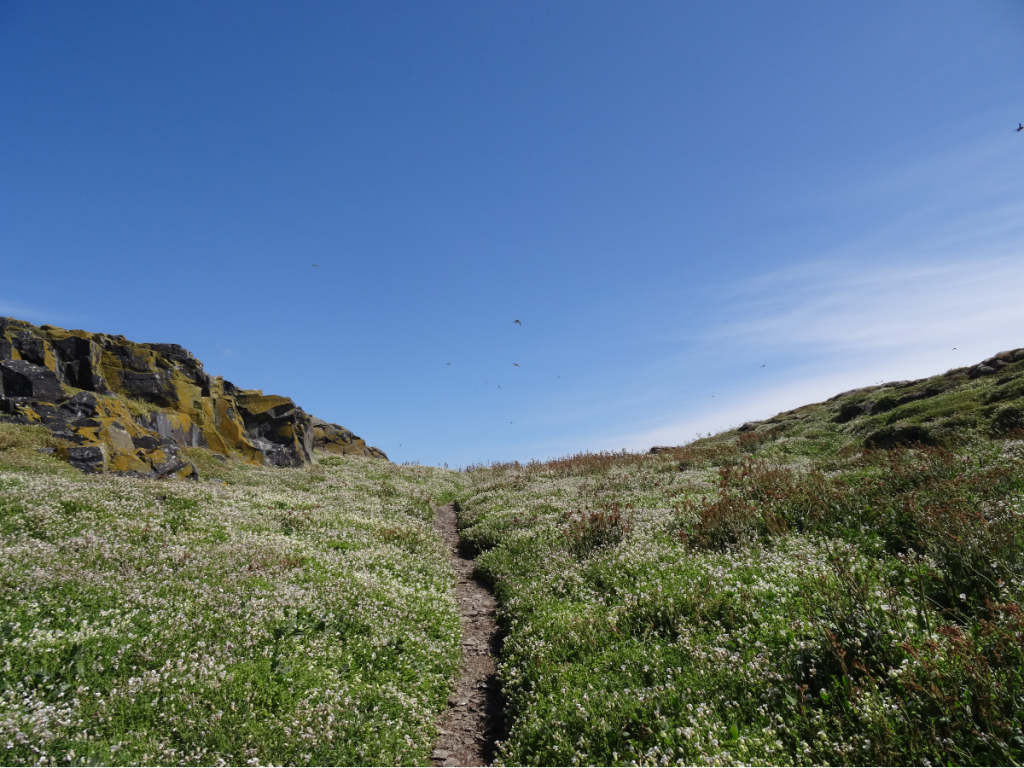
A second, smaller, lighthouse was built a few decades later. Together, the Isle of May Lighthouse and Low Light would provide a pair of lights to help ships avoid the Carr – a sandstone reef which extends for 1.5 miles across the Firth of Forth – to the north of the island. When the North Carr Lightship was built in 1887, Low Light became redundant. Today, it’s used for bird watching.
We meandered past the Visitor Centre, and decided there was enough time for a final puffin-fix before boarding the boat.
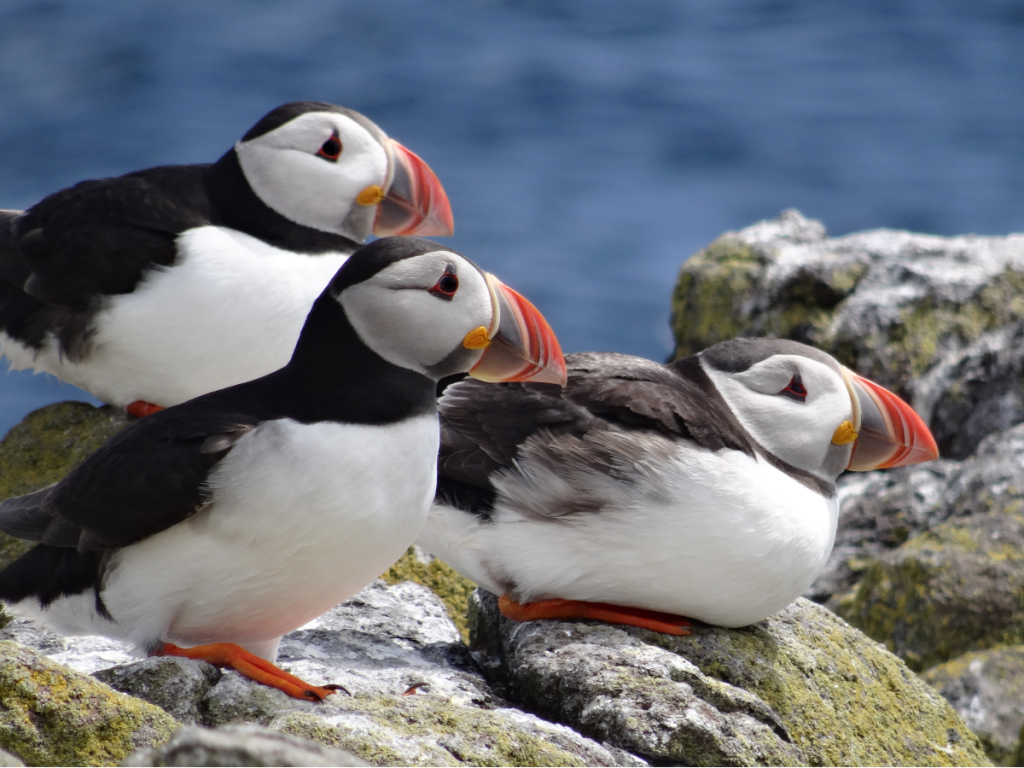
KNOW BEFORE YOU GO
- Parking | There’s plenty of parking on the seafront in Anstruther. In June 2022, it was £1.20 for an all-day ticket (I think the machine only accepted cash).
- Tickets | We booked with Anstruther Pleasure Cruises, and in June 2022 it cost £30 for a concession (as I had student ID) and £34 for an adult. Check their website (www.isleofmayferry.com) for the latest information.
- Trails | Stick to the marked paths at all times – they’re there to ensure you don’t stick your foot in a puffin’s burrow and squash their pufflings.
- Misc. | Wear comfortable footwear and plenty of layers: it might be sunny and warm when you board the boat, but it’ll be cooler and breezier out at sea (though there are a few spots to seek shelter on the island if the weather does take a turn for the worst). If you don’t have good sea legs (I most definitely don’t) you might want to consider taking a seasickness tablet beforehand. I didn’t even think of this, and found our choppy crossing pretty puke-inducing.







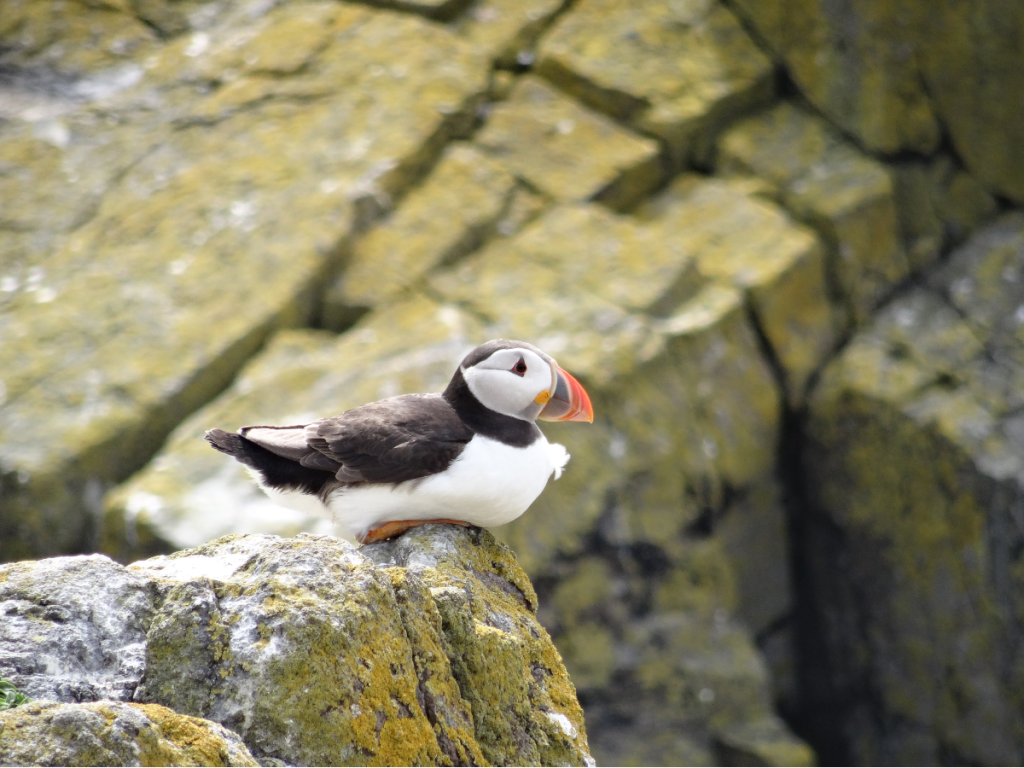
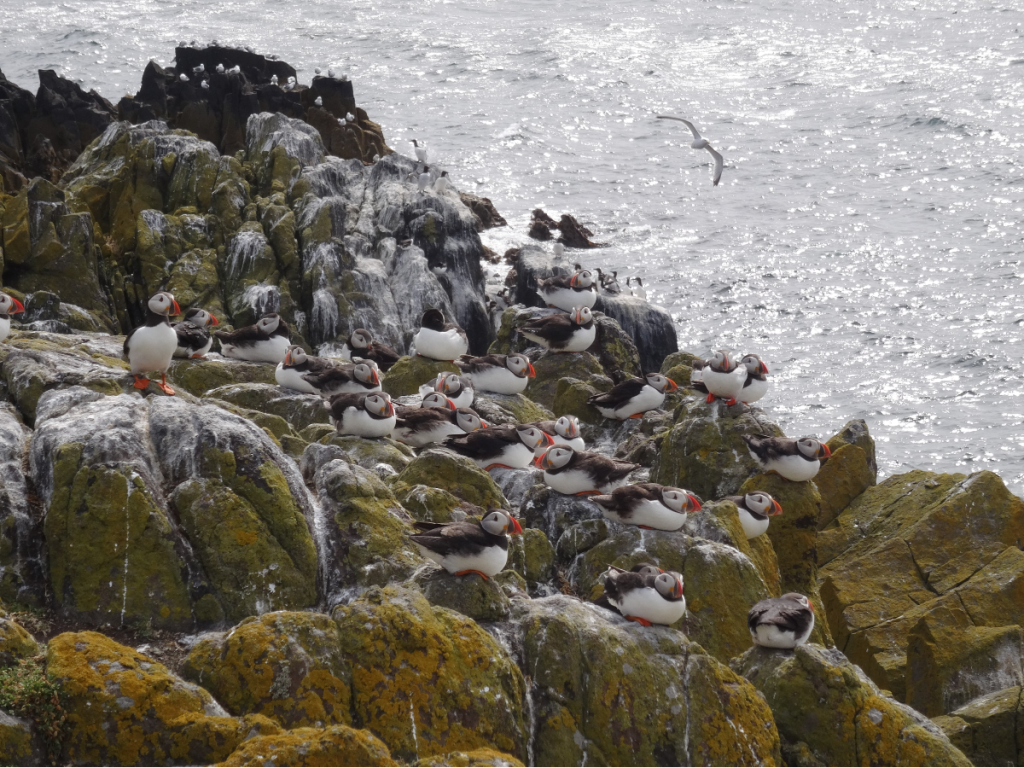
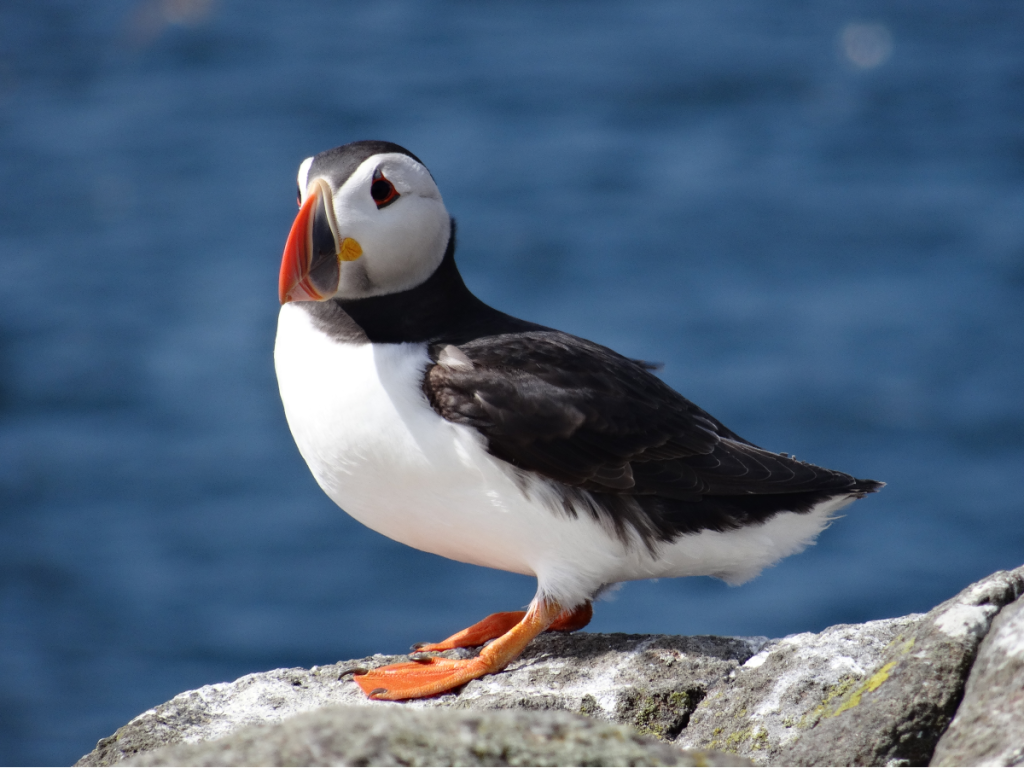




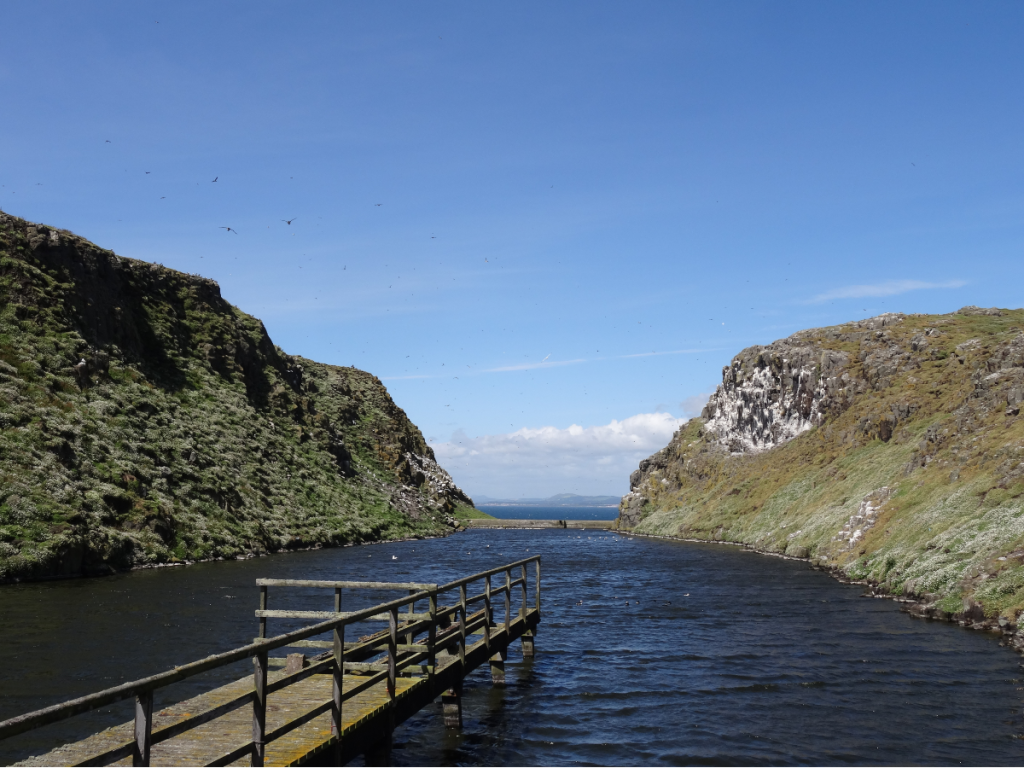


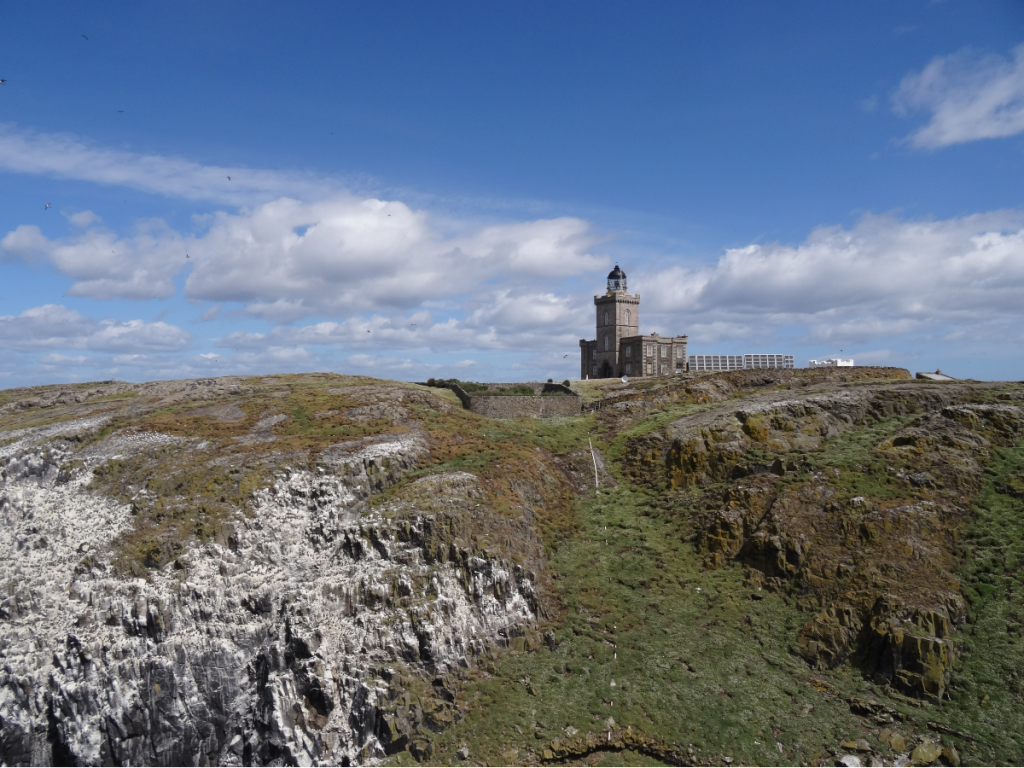
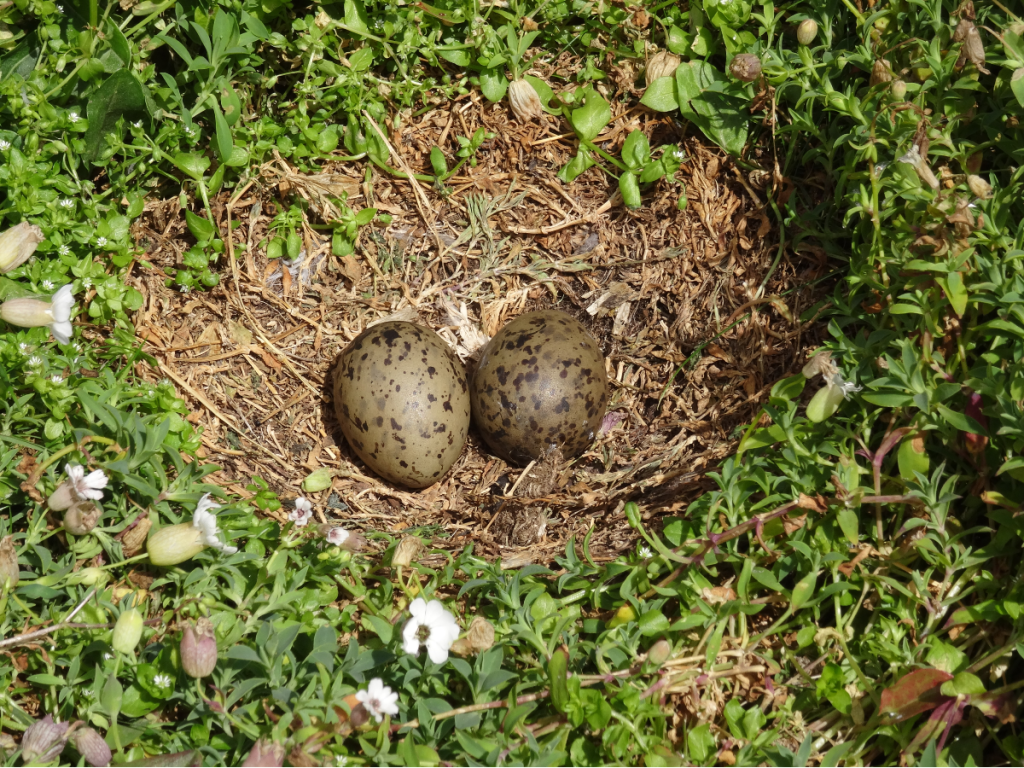
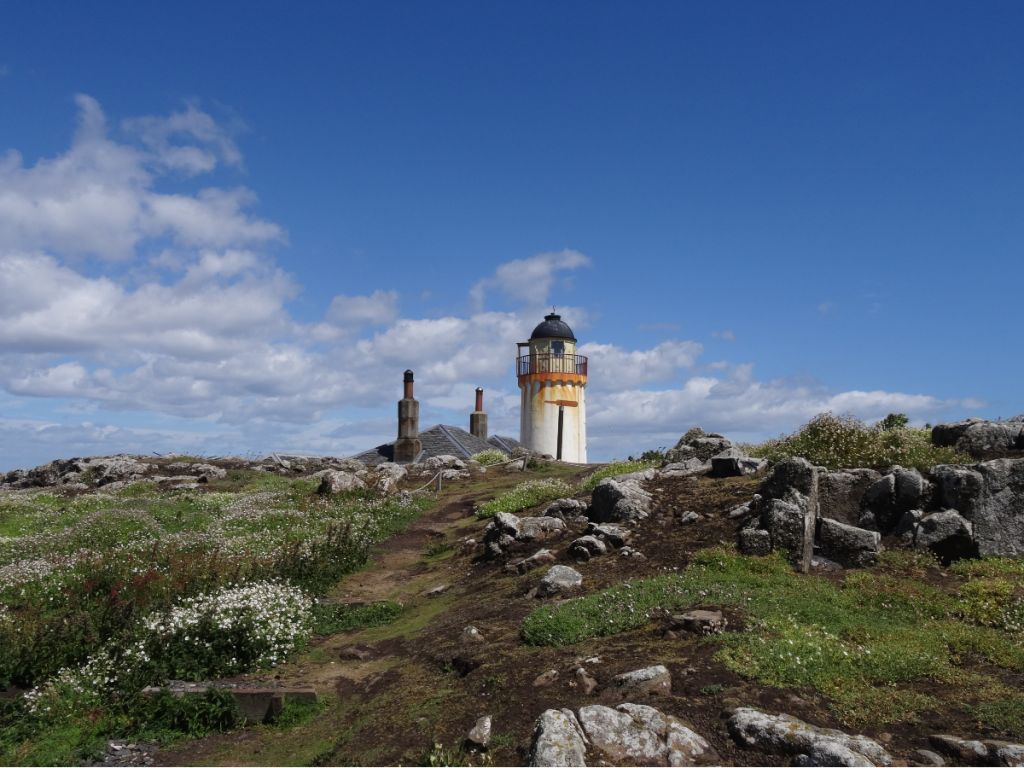

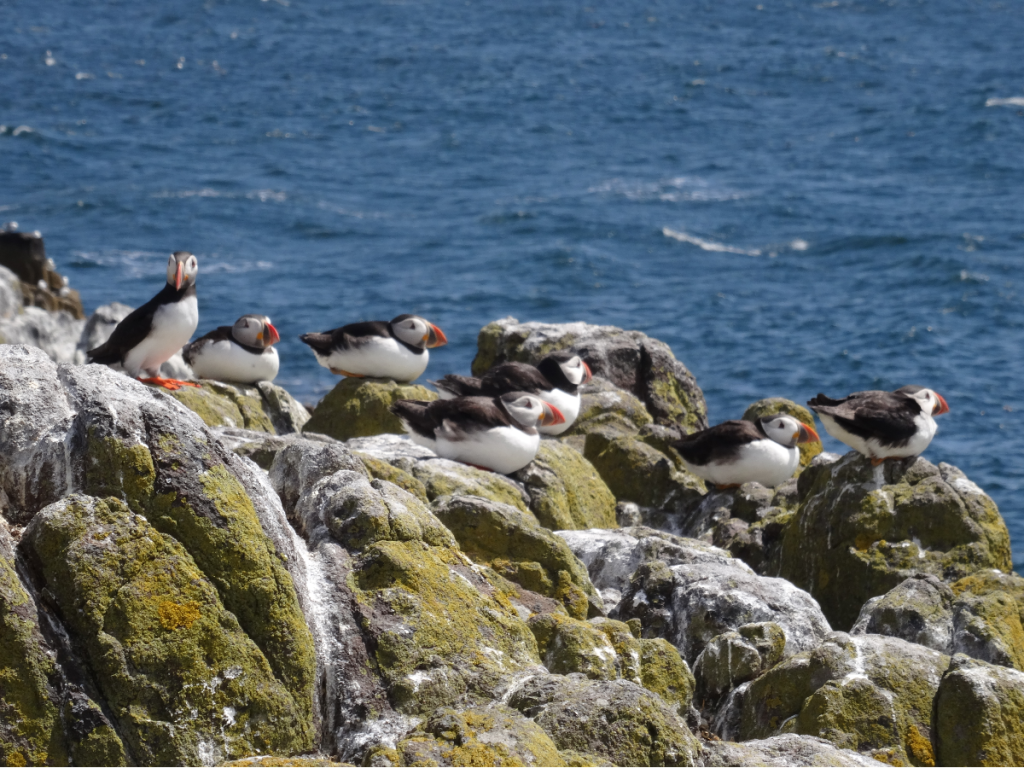

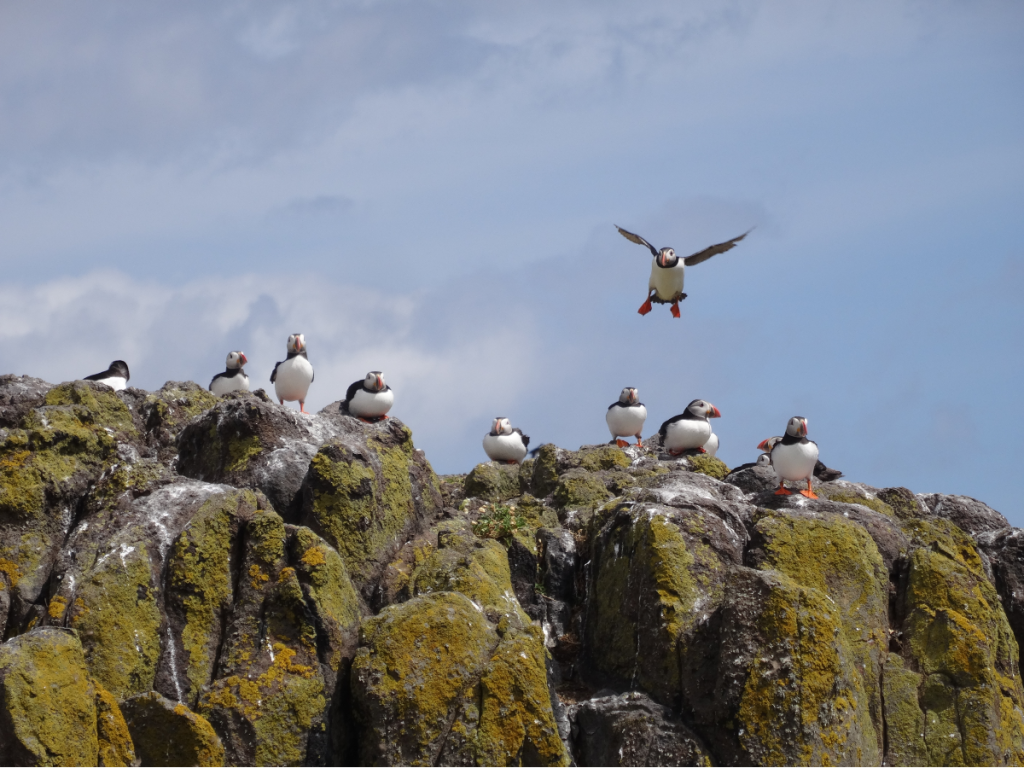
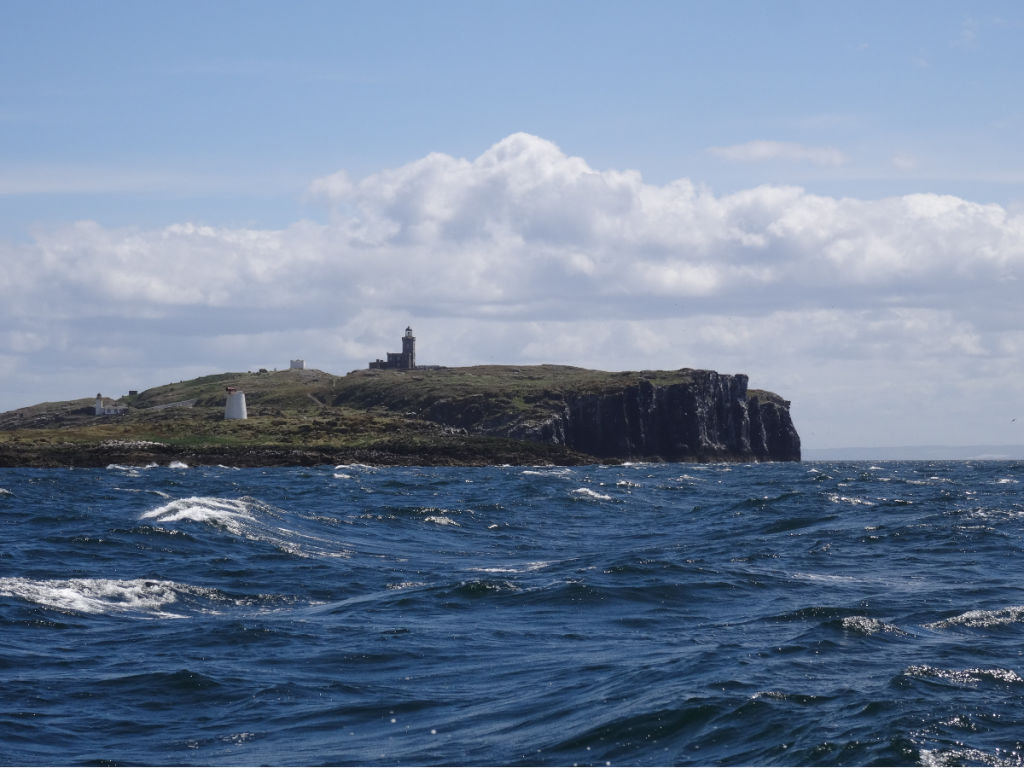
Your photos are amazing. I wish one day I will manage to see them. I booked a visit to Staffa to see them one year and they had left a week before we went 😭.
LikeLiked by 1 person
I think timing is key! We saw lots on the Isle of May in mid-June, but didn’t have so much luck on Staffa in mid-July (but still enjoyed seeing Fingal’s Cave and the handful of puffins that were still hanging around). Hope you manage to see them one day ☺️
LikeLike
Awww puffins! They’re just so goofy and adorable. Are baby puffins really called pufflings? That’s the cutest thing ever!
As someone with a fear of birds (when they’re up close, anyway), it sounds like I might want to find a different place to go puffin spotting, though. Having birds swooping at my head is not my idea of a good time.
LikeLiked by 1 person
They are! I think it’s got to be a contender for cutest name for a baby animal 😀 Completely understand that swooping birds isn’t everyone’s cup of tea (it definitely isn’t mine…). You can see puffins on the Treshnish Isles (off the west coast of Scotland) which I don’t *think* entails dodging swooping terns, and the Farne Islands in Northumberland are also a good spot for puffins.
LikeLiked by 1 person
Ahhhh yay!! So glad you managed to get there! Your photos are fantastic. It’s an amazing place. I saw that it had shut due to the avian flu which is really sad, there’s been some horrendous stories. I hope the population doesn’t dwindle. 😦
Just saw your above comment too, I had no idea you could see them in France!
LikeLiked by 1 person
We had such a brilliant time! Definitely one of the highlights of this summer ☺️ I think a number of islands have been affected (when we were out on Mull in July, there were notices saying that Lunga was also closed due to the avian flu outbreak). Hopefully it passes soon and the puffins (and other seabirds) aren’t too badly affected. Nor did I, until my parents mentioned it to me! I’d always associated puffins with Scotland, NE England and Skomer down in Wales.
LikeLike
Oh, I’m in love! ❤ Technically, puffins aren't the same as penguins, but they're just as adorable! So glad you got to visit them in your neck of the woods…one of these days, I'll have to make the trip to check out puffins!
LikeLiked by 1 person
They do sport a similar colour scheme though 😉 This trip was definitely one of this summer’s highlights! If you’re ever in the UK and looking for puffins, I think mid-May to the end of June is probably the optimum window. They’re also known to nest in some islands off the north coast of France – my parents had hoped to see them near Perros-Guirec, but unfortunately by late July they’d all gone!
LikeLiked by 1 person